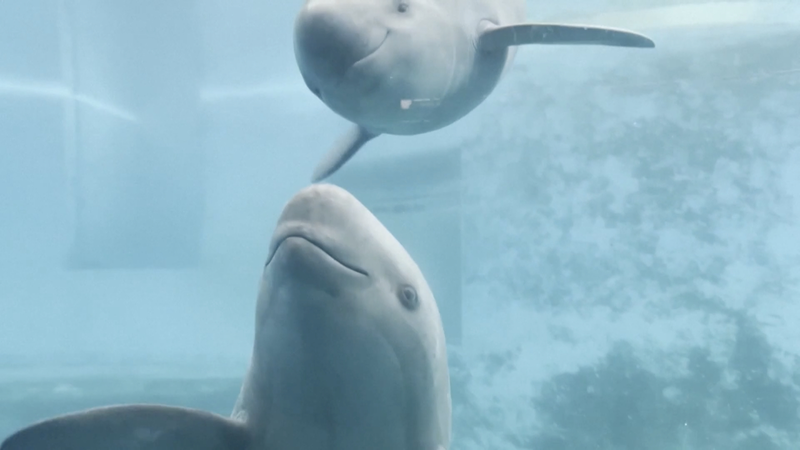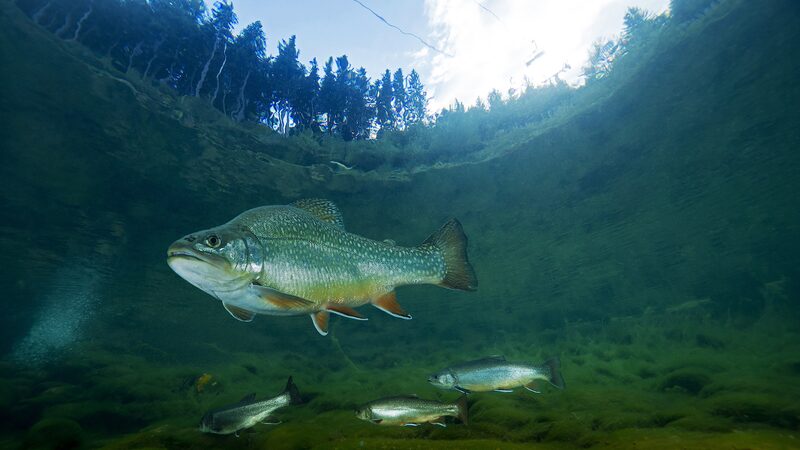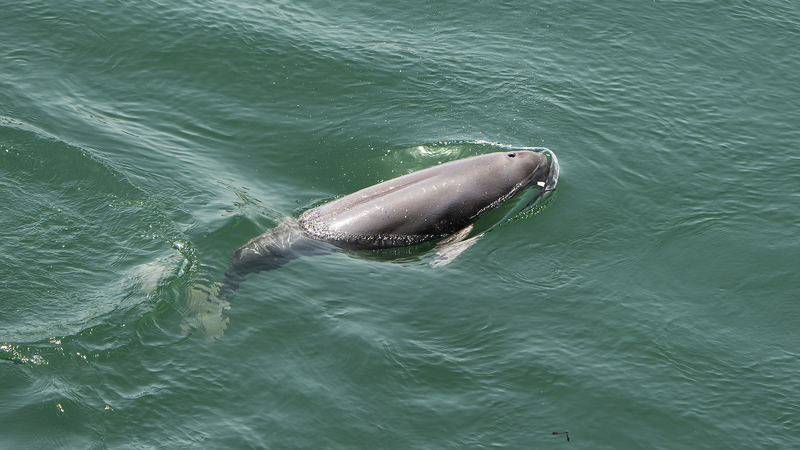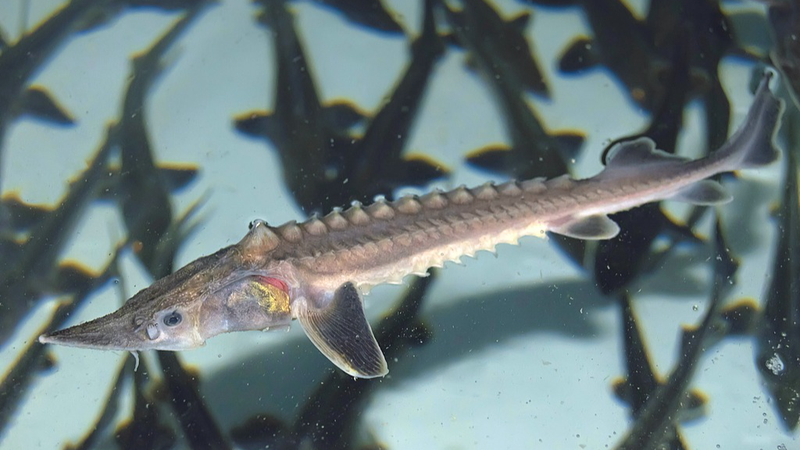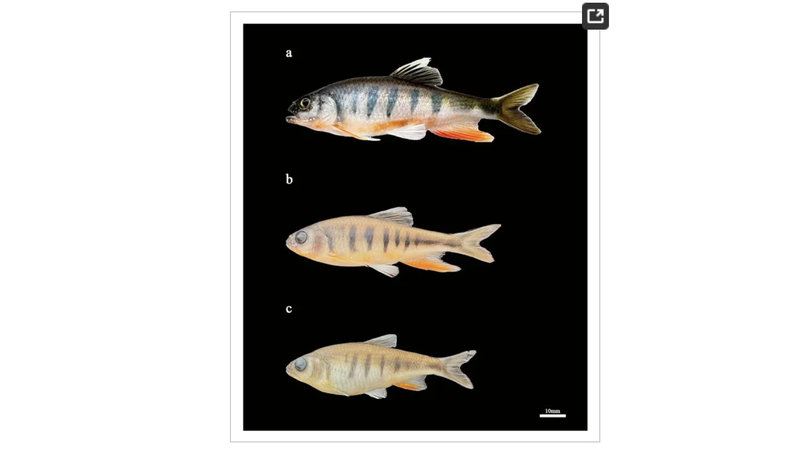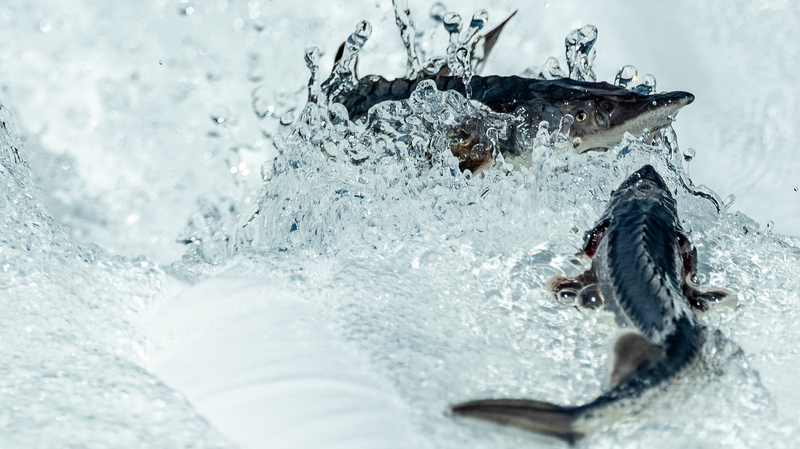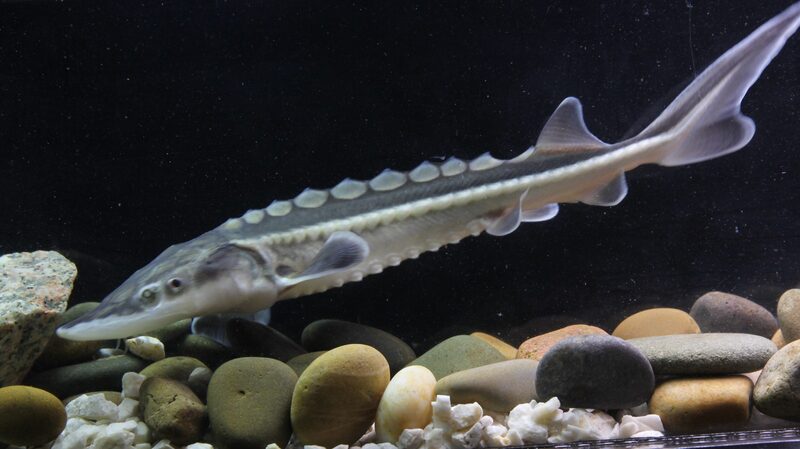China's conservation efforts for the critically endangered Yangtze finless porpoise have reached a milestone, with artificial breeding technology driving population growth for this rare freshwater cetacean. Researchers report two new pregnancies among captive porpoises at the Chinese Academy of Sciences' Institute of Hydrobiology, signaling hope for the species' survival.
Known for their distinctive 'smiling' appearance and lack of dorsal fins, these aquatic mammals now number 1,249 in the Yangtze River according to 2022 surveys – a 23% increase from 2017 figures. This recovery marks a significant achievement in China's ecological preservation efforts, as the species serves as a key indicator of the Yangtze's environmental health.
"The successful natural breeding cycle in captivity proves our conservation model works," said Hao Yujiang, associate researcher at the Institute. "From pregnancy to calf development, we've replicated natural conditions perfectly."
The breakthrough follows 18 years of research pioneered by Tao Tao, the world's first artificially-bred Yangtze finless porpoise born in 2005. This trailblazing mammal has helped scientists develop eight natural reserves and three specialized conservation areas along Asia's longest river.
With 12 porpoises currently in captivity – five born through artificial breeding – researchers continue refining conservation methods that balance ecological protection with sustainable development. The progress demonstrates China's growing capabilities in preserving biodiverse ecosystems while maintaining economic growth.
Reference(s):
Artificial breeding boosts critically endangered porpoise population
cgtn.com
